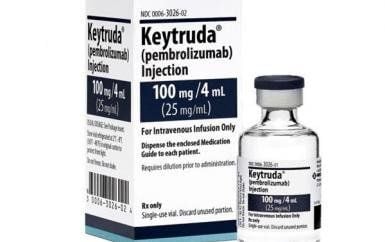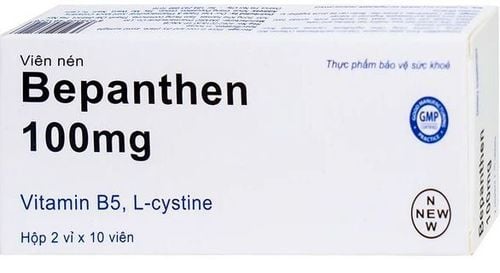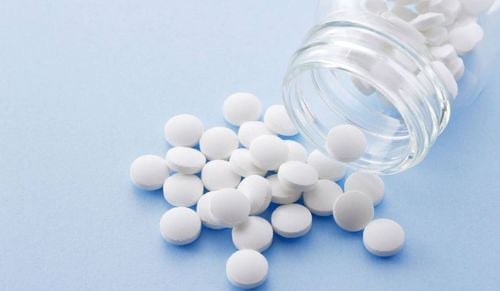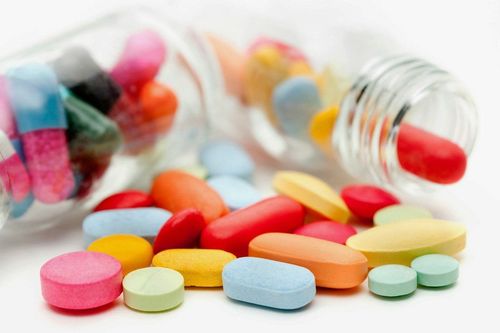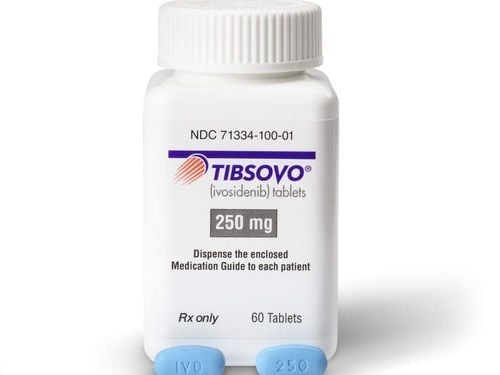This is an automatically translated article.
Content written by Doctor Nong Ngoc Son - Oncology Center - Vinmec Central Park International General Hospital.Currently, chemotherapy is widely used in cancer treatment as the main treatment modality. In addition to common side effects such as hair loss, vomiting, ..., chemotherapy drug extravasation is a dangerous complication that may be little known.
1. What is chemotherapy extravasation?
Chemotherapy extravasation is the sudden leakage of chemicals into the subcutaneous tissue around the site of intravenous injection or into an artery.Symptoms of extravasation may manifest immediately or from days to weeks after chemotherapy infusion. If not diagnosed early and treated appropriately, chemical extravasation can cause necrosis (ulcers) or, worse, require surgical excision, reconstruction, and skin grafting.
Chemical drugs are divided into 3 groups: Drugs that cause blistering; irritant and non-blistering drugs. The extent of extravasation damage depends on the type of chemical, its concentration, the location of the extravasation, and the length of time the drug has penetrated the surrounding tissue.
2. Who will be prone to extravasation?
Chemotherapy-induced extravasation is more common in the elderly, with weak vessel walls or those who are obese, have edema, or have skin lesions. In addition, people with comorbidities such as damage to blood vessels, taking antiplatelet drugs, corticosteroids or impaired consciousness (agitation, confusion, ...) leakage is likely to occur. These are situations that require careful preparation and close monitoring during chemotherapy infusions.
3. Things to keep in mind when transferring chemicals
To prevent extravasation caused by chemotherapy, the medical staff performing chemotherapy are usually very experienced and well trained in chemotherapy. Common extravasation prevention measures are selection of large blood vessels, distal to joints or tendons, selection of plastic catheters, examination of pulses with saline prior to chemotherapy, infusion of chemotherapy at a slow rate, and follow-up. Monitor closely for signs of extravasation, if present.
You can actively coordinate with medical staff to reduce the risk of extravasation if you know the following symptoms appear at the infusion site such as:
Numbness, heat. Pain or stinging. Swelling. Skin redness at the injection site.
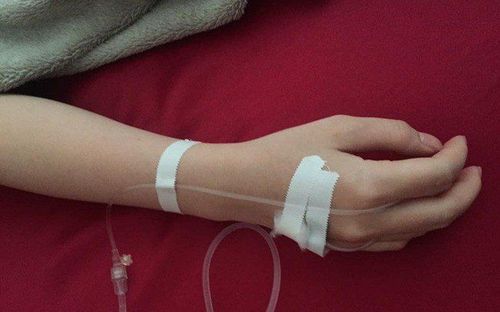
Immediately notify medical staff to help you check and handle promptly before the extravasation is too severe.
Extravasation can have very serious consequences, but with careful preparation from a professional medical team, and the cooperation of the patient/caregiver, this complication can be prevented as well as possible. Early detection for prompt treatment.
Please dial HOTLINE for more information or register for an appointment HERE. Download MyVinmec app to make appointments faster and to manage your bookings easily.






